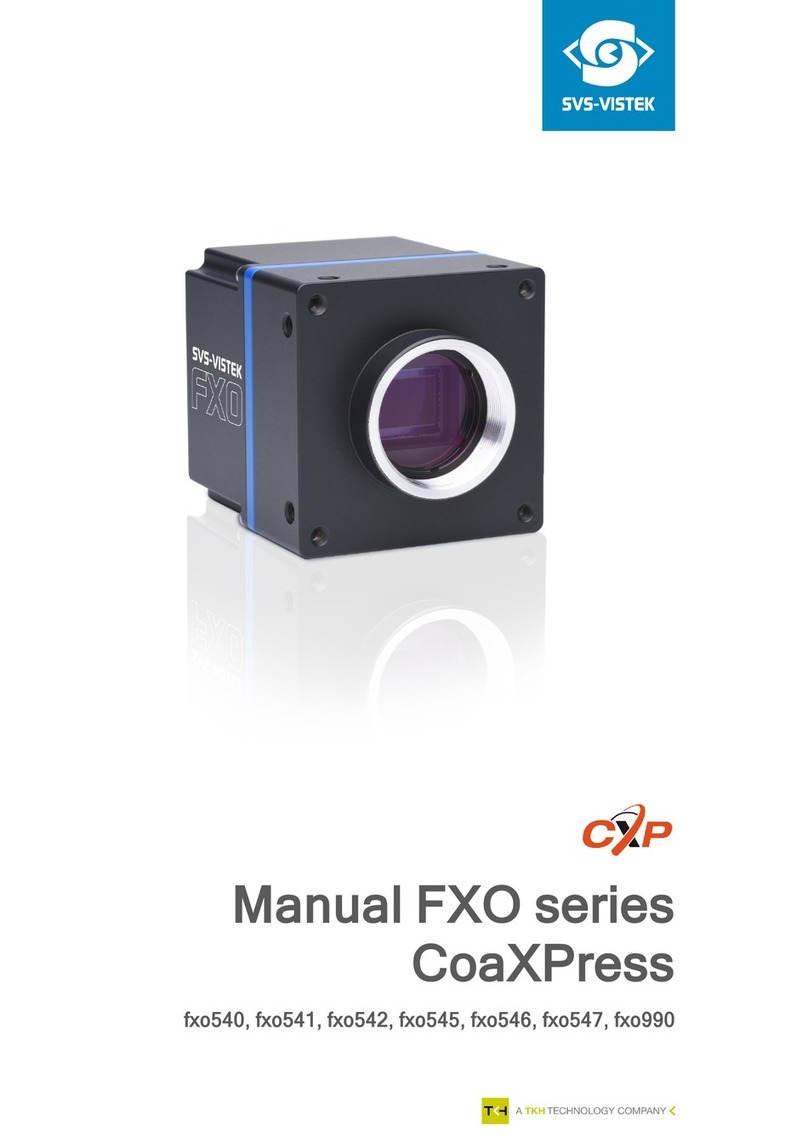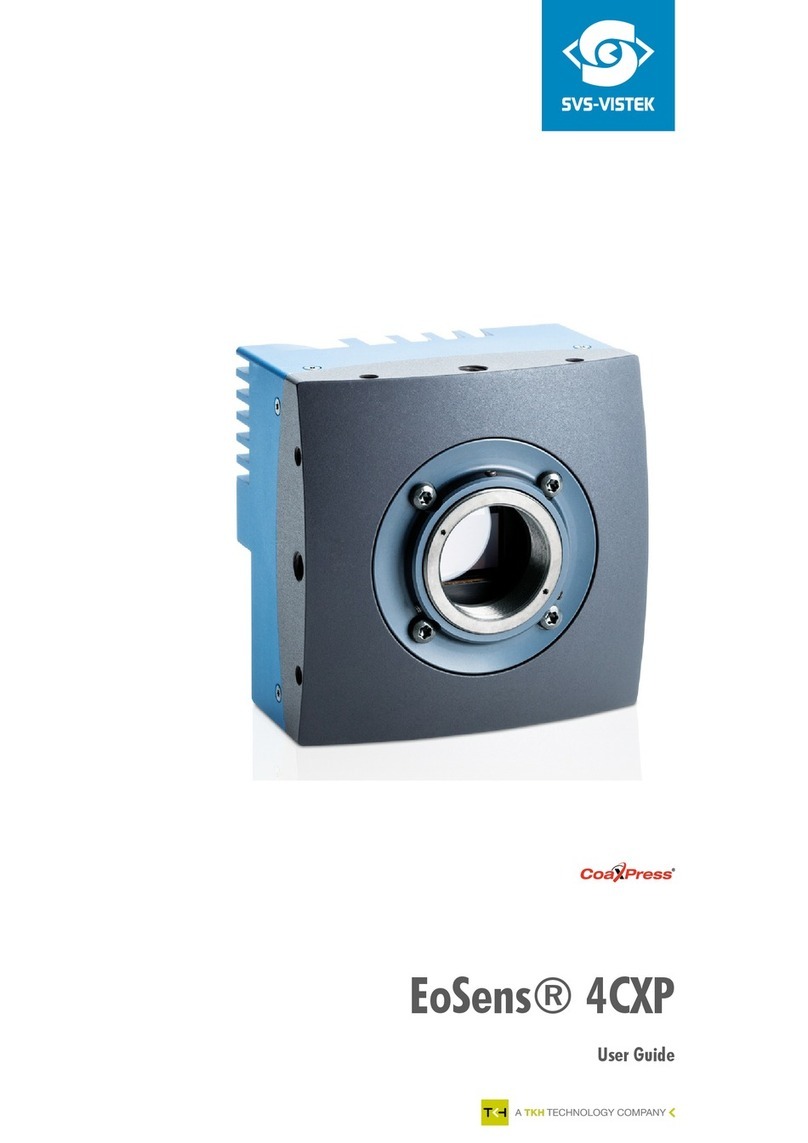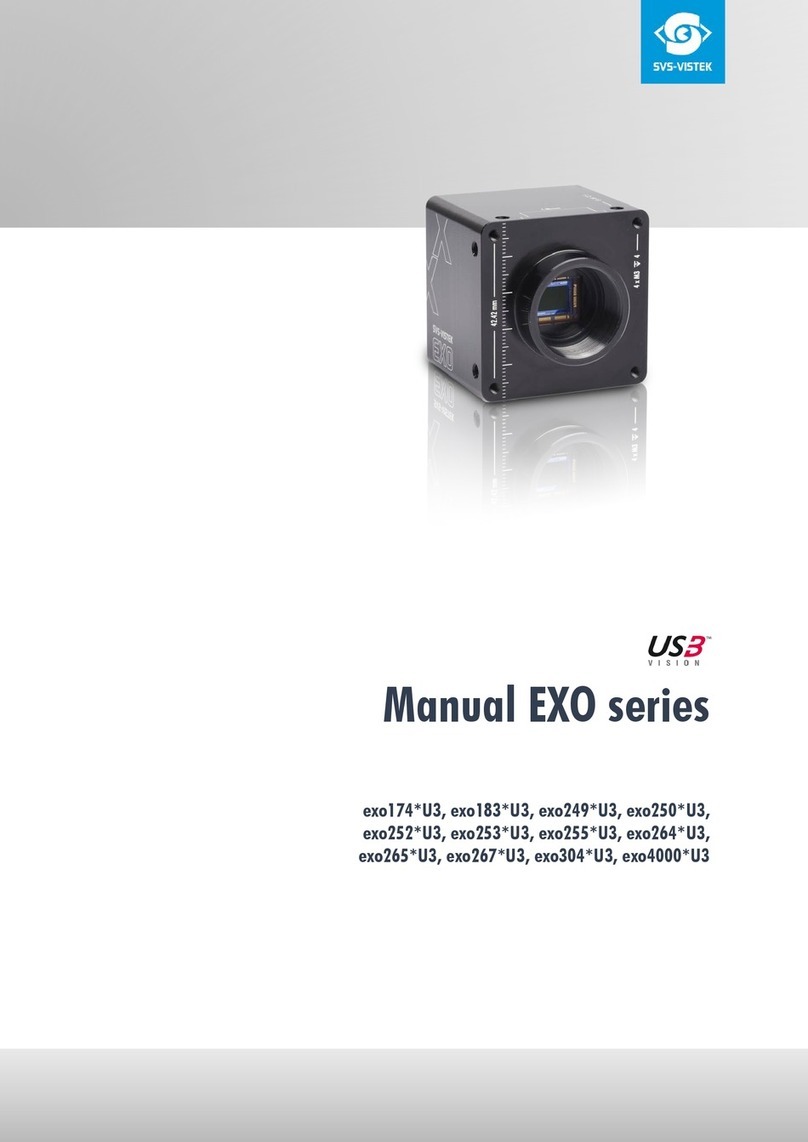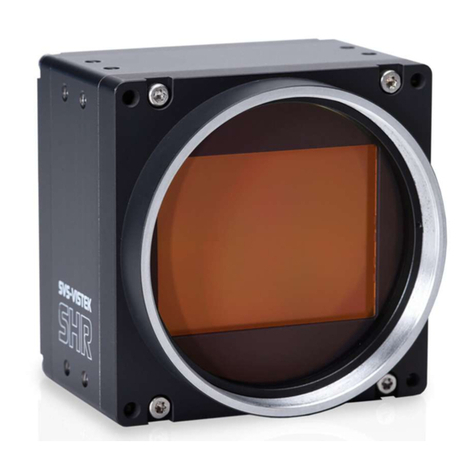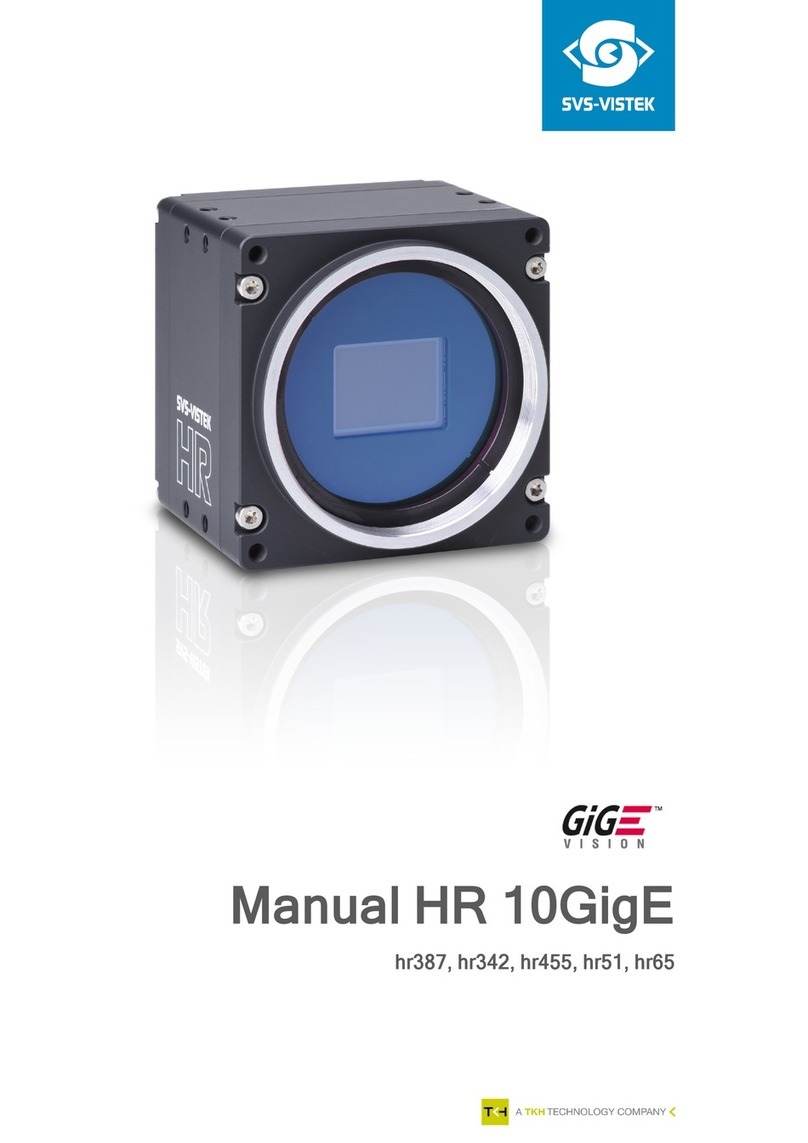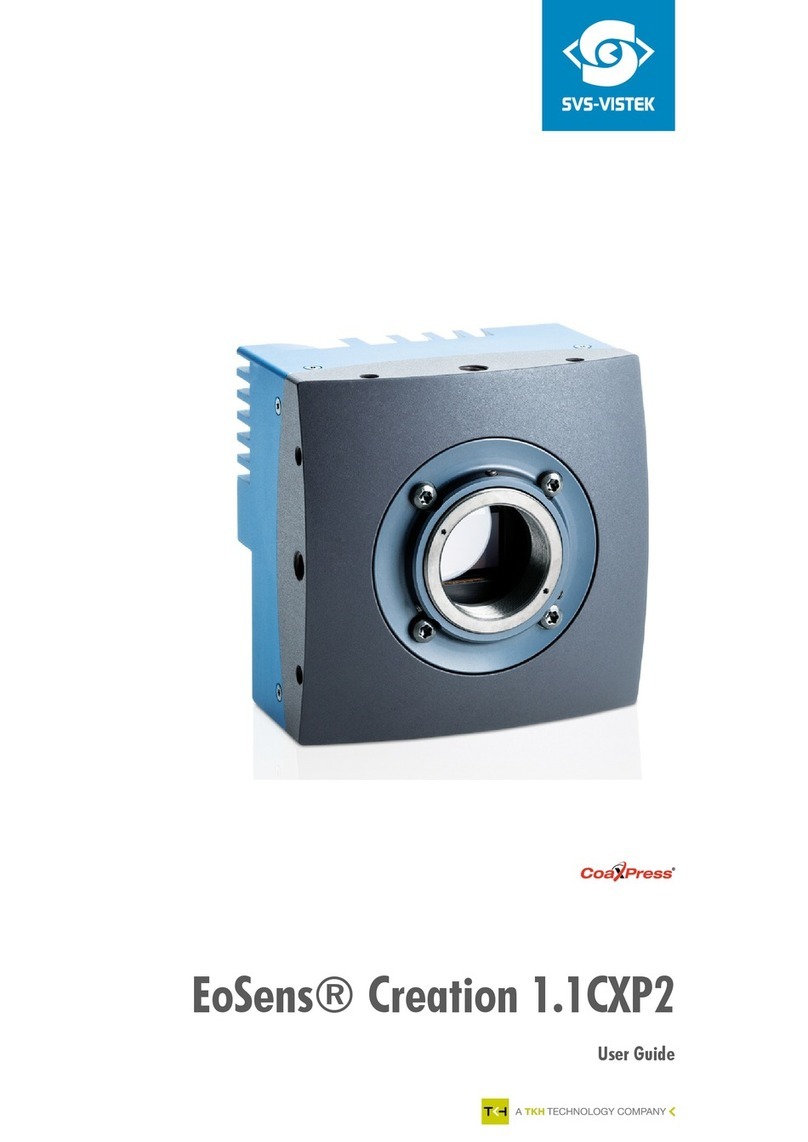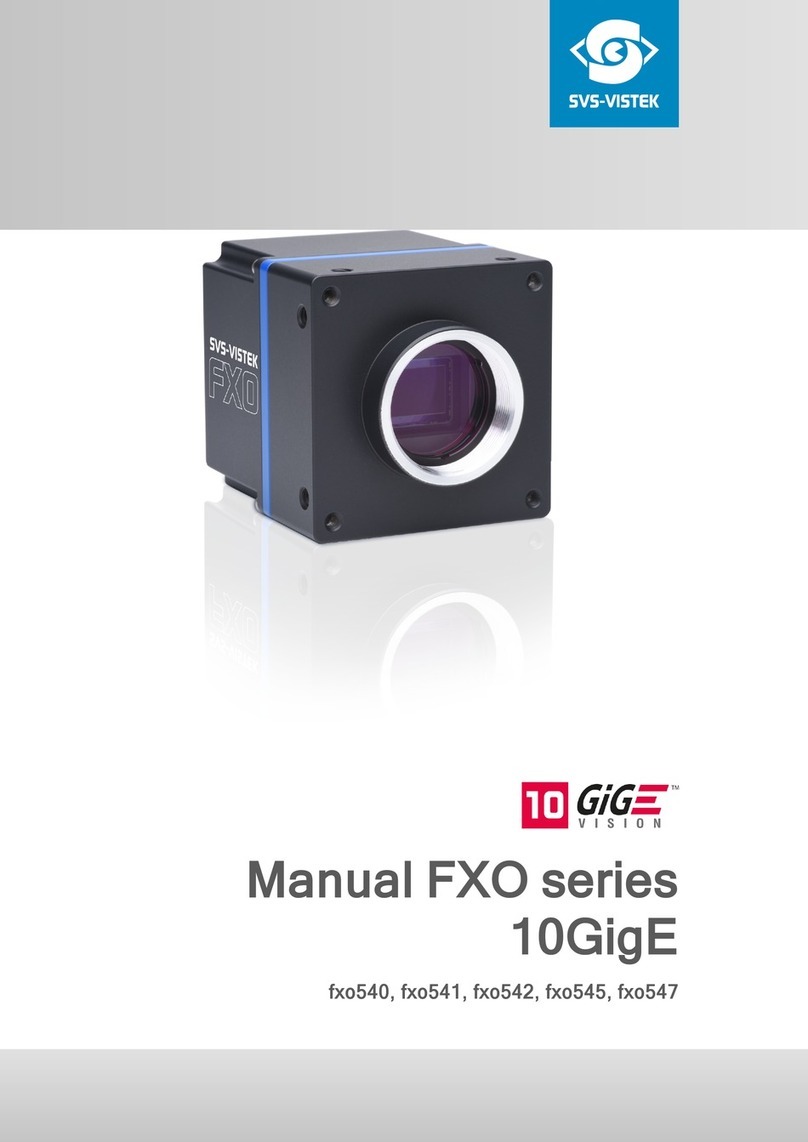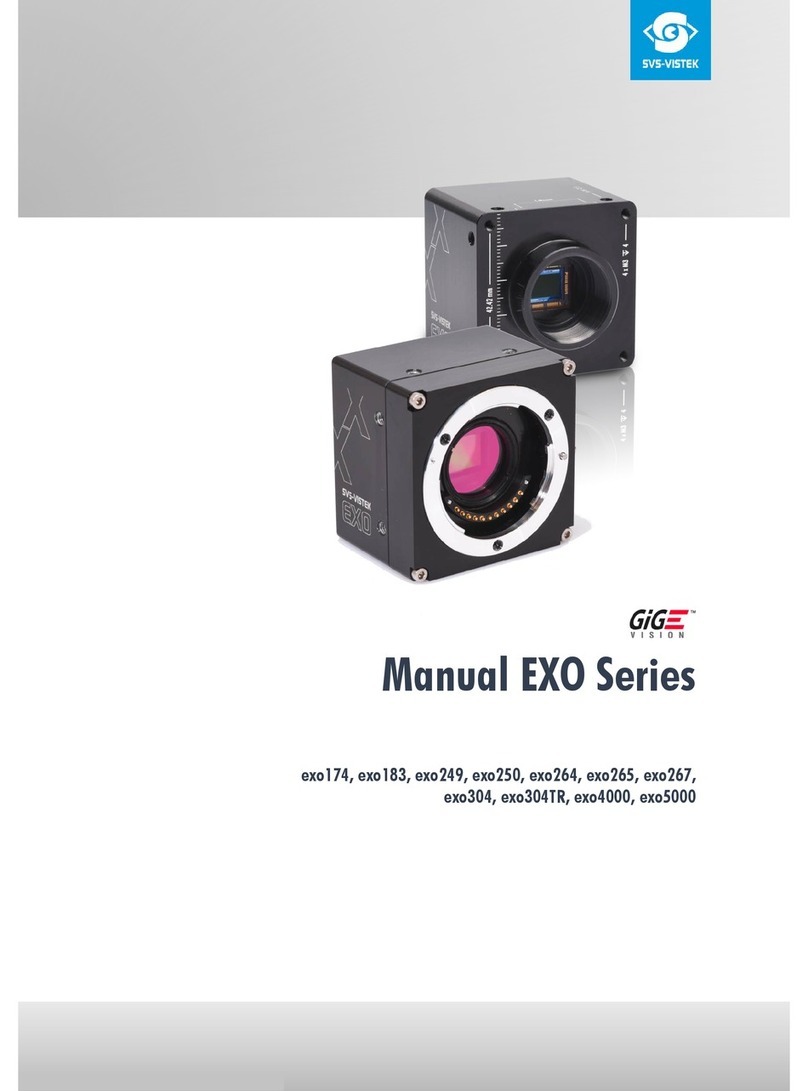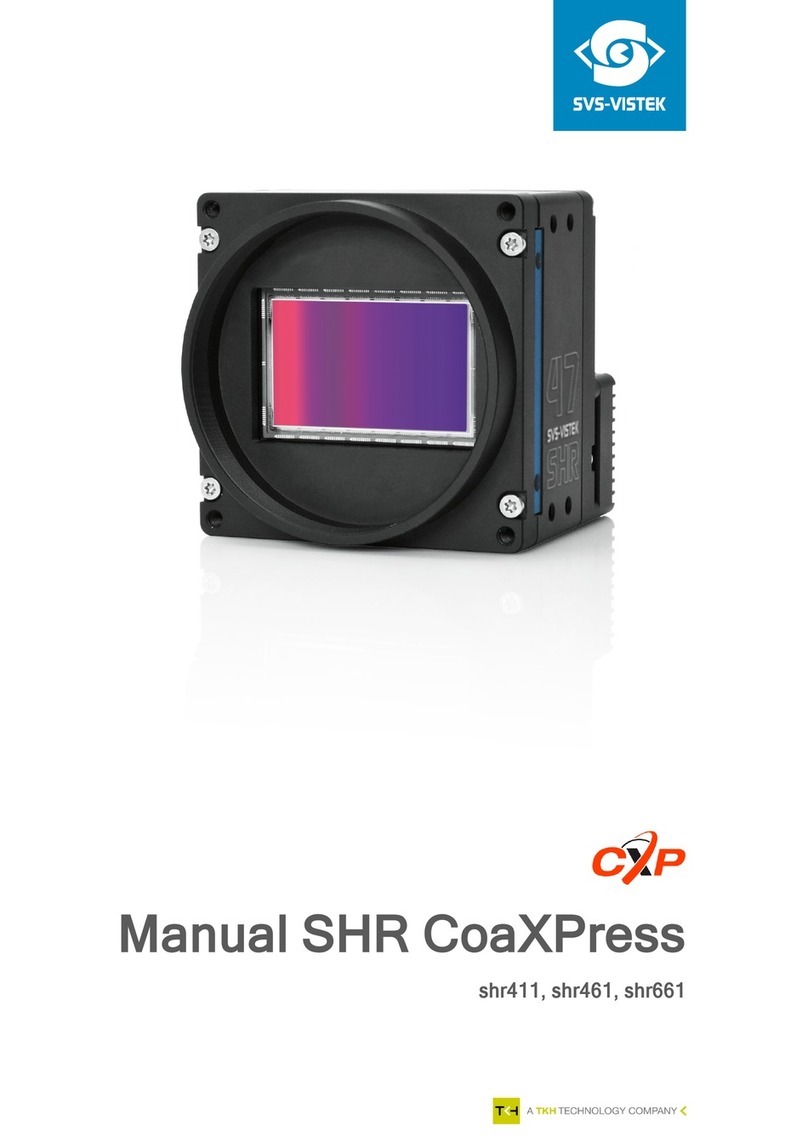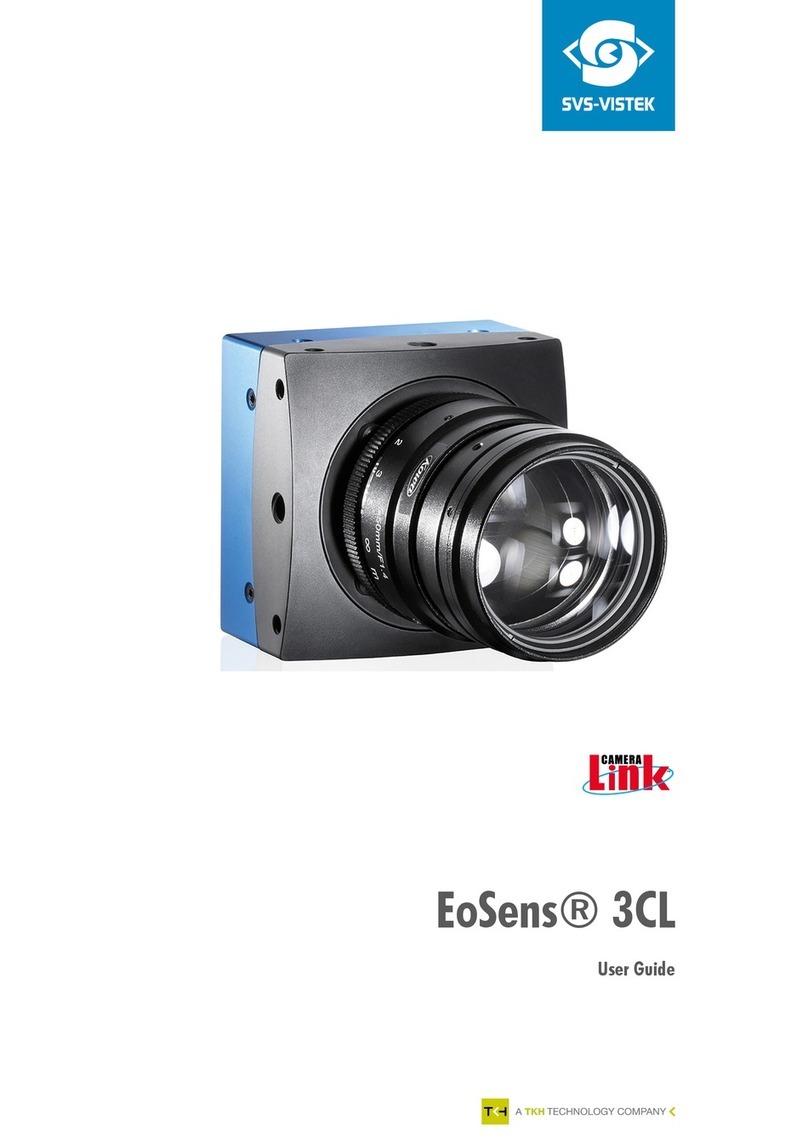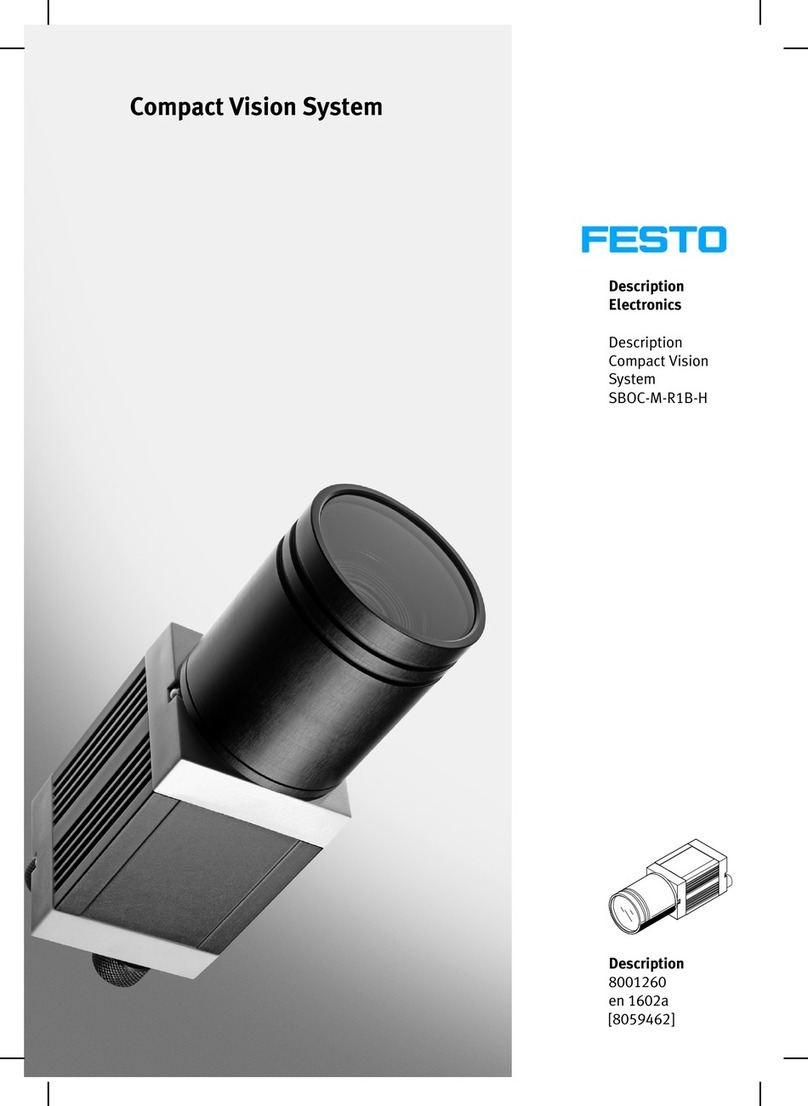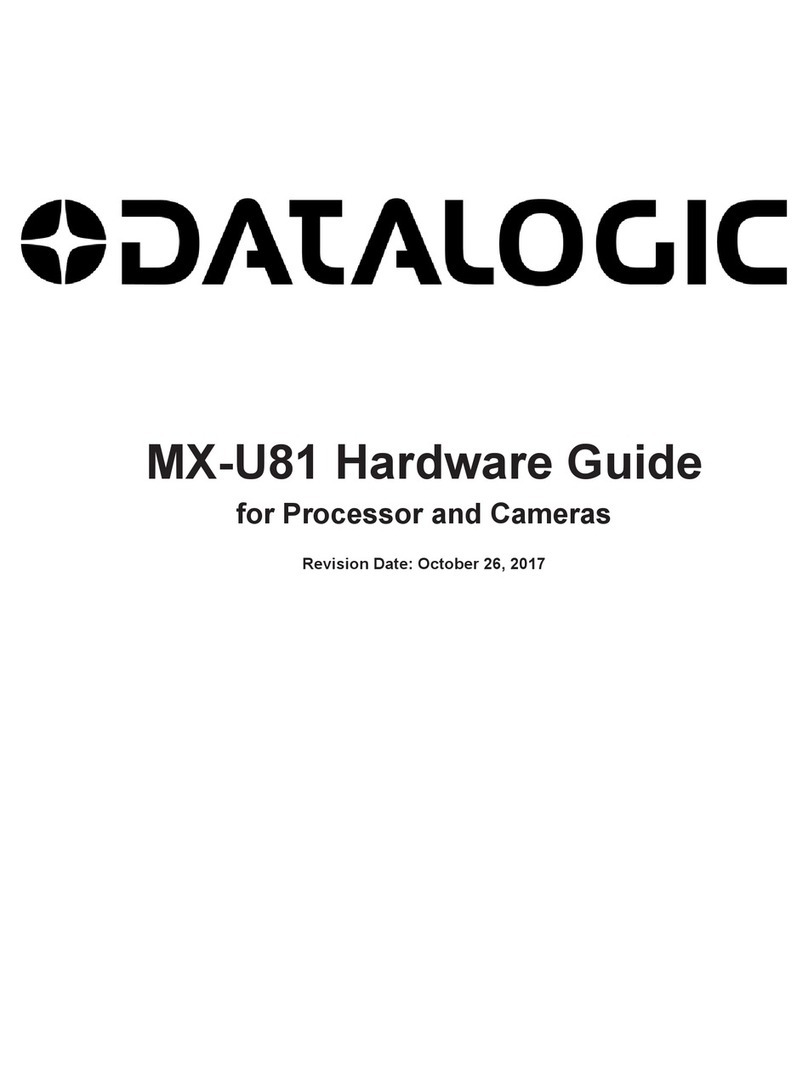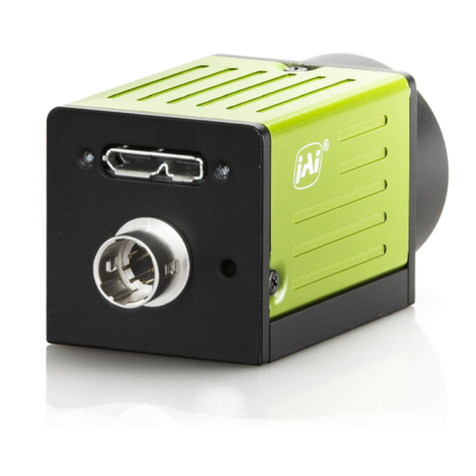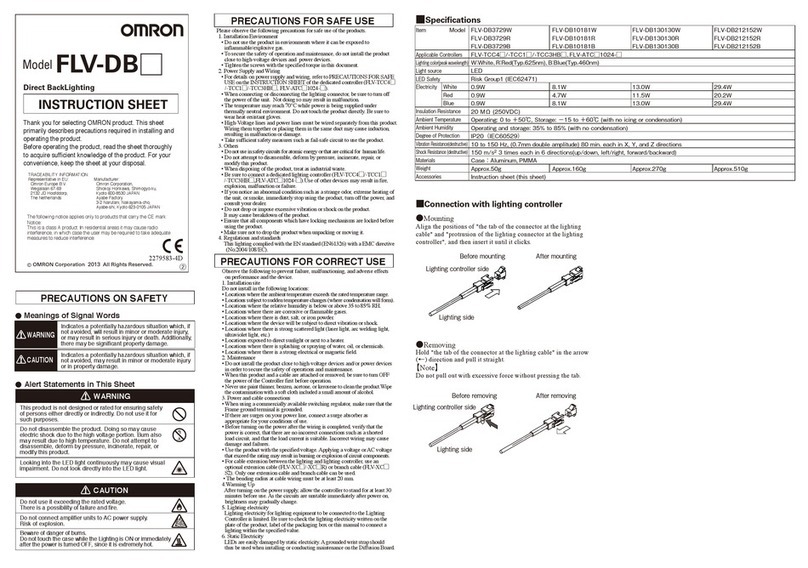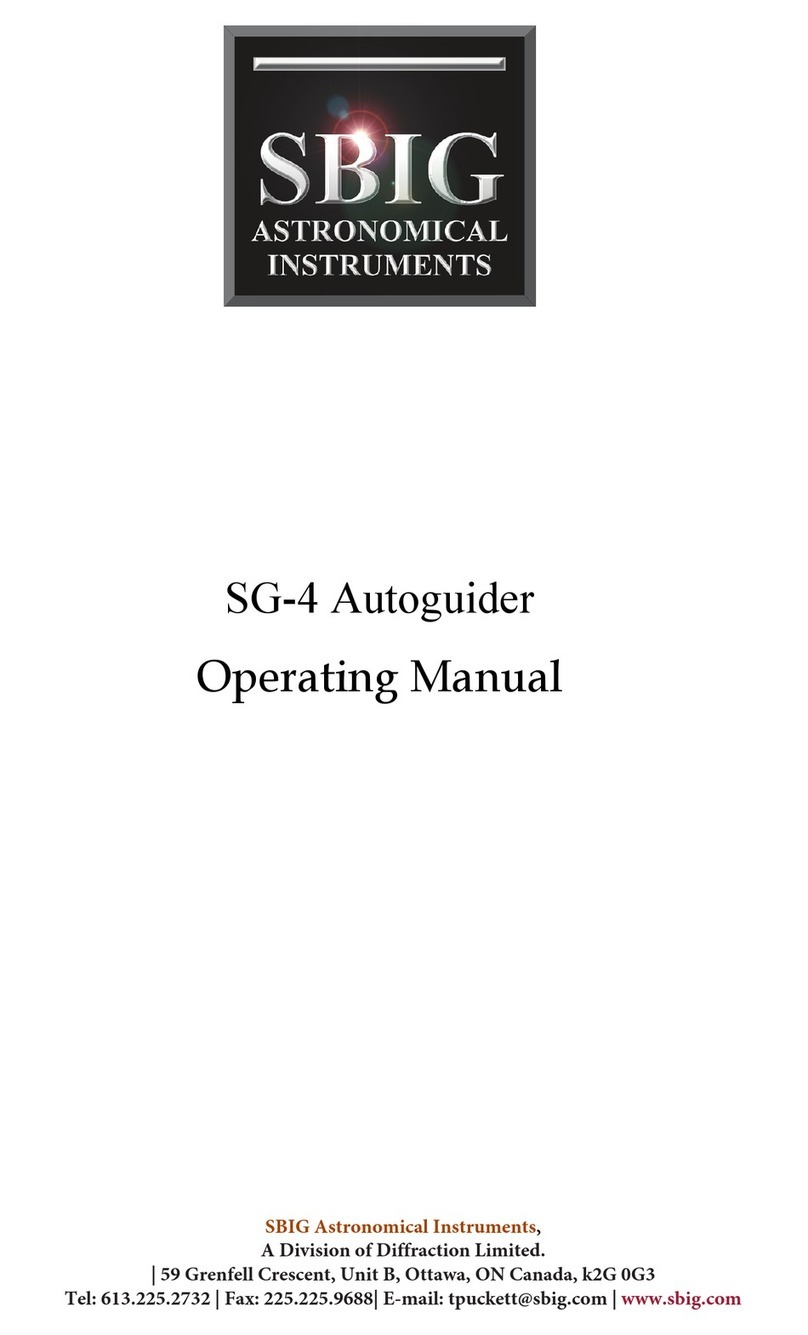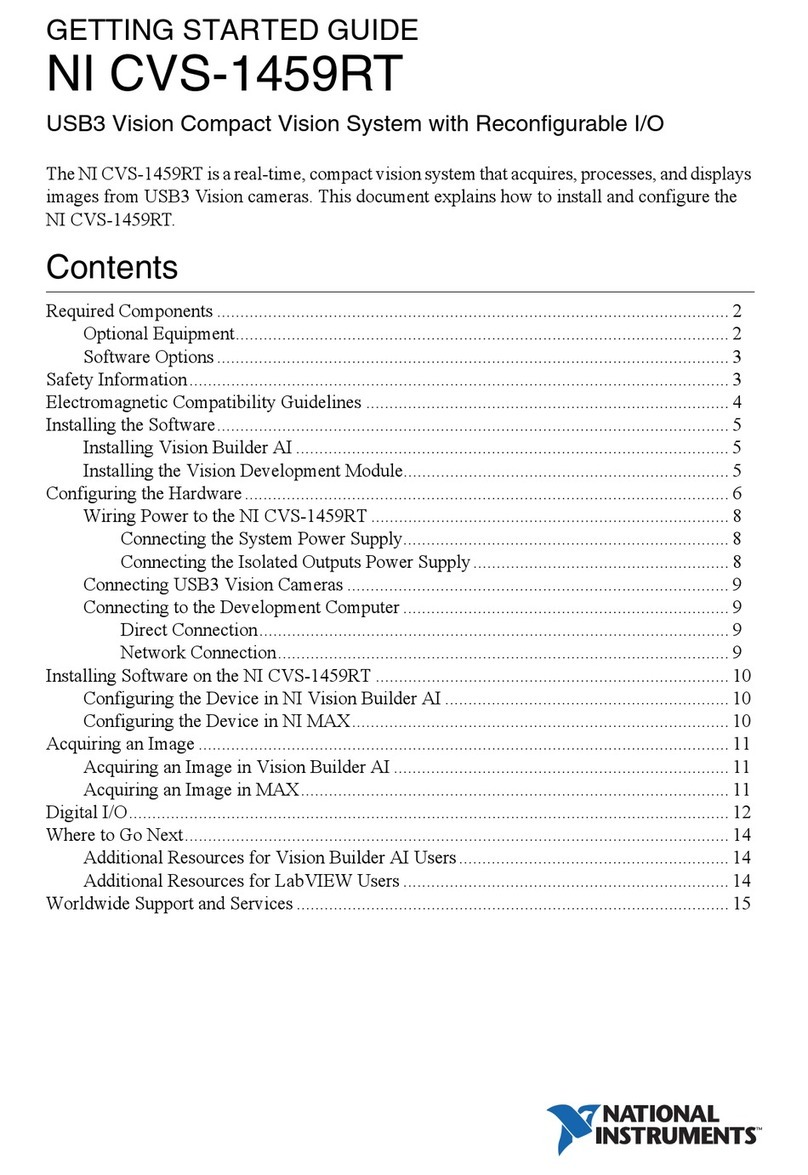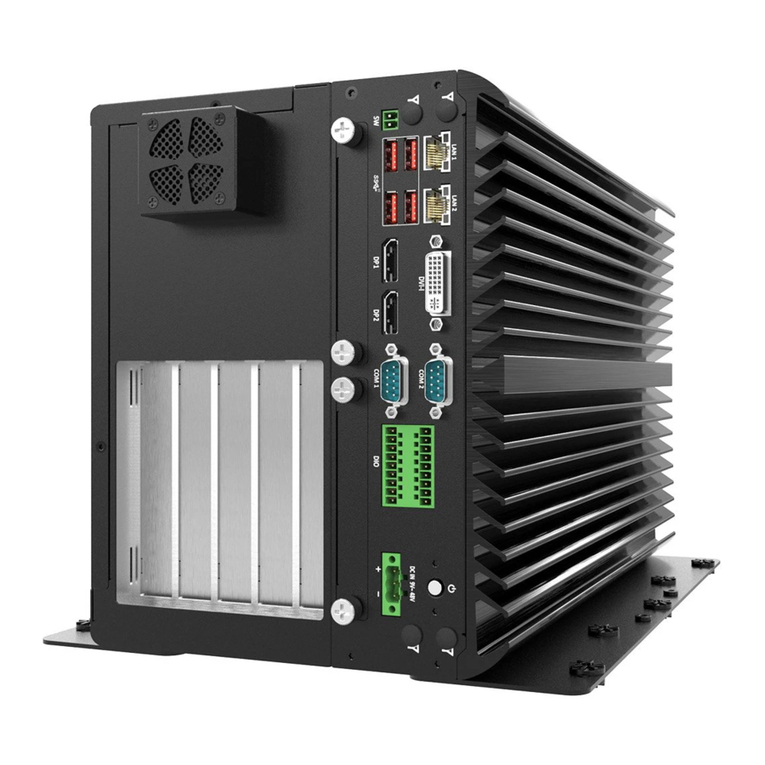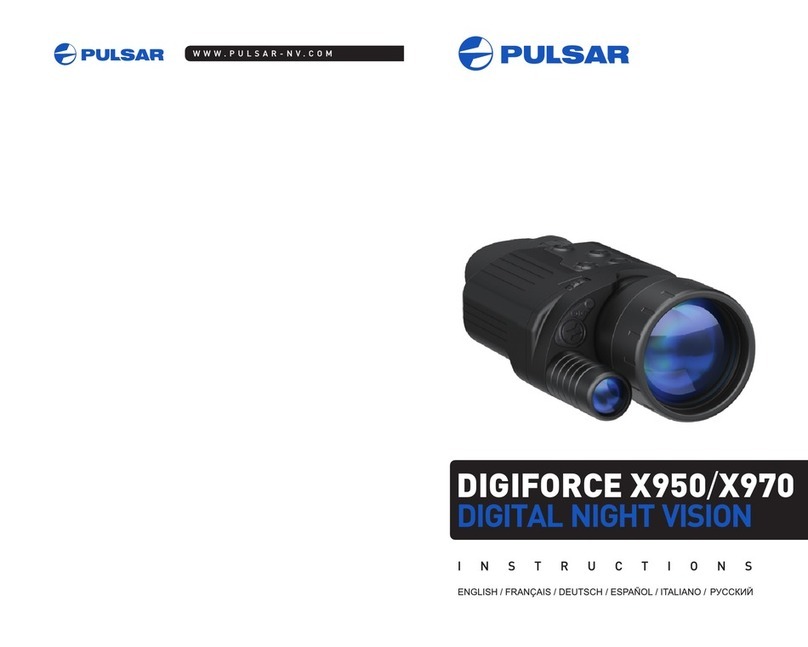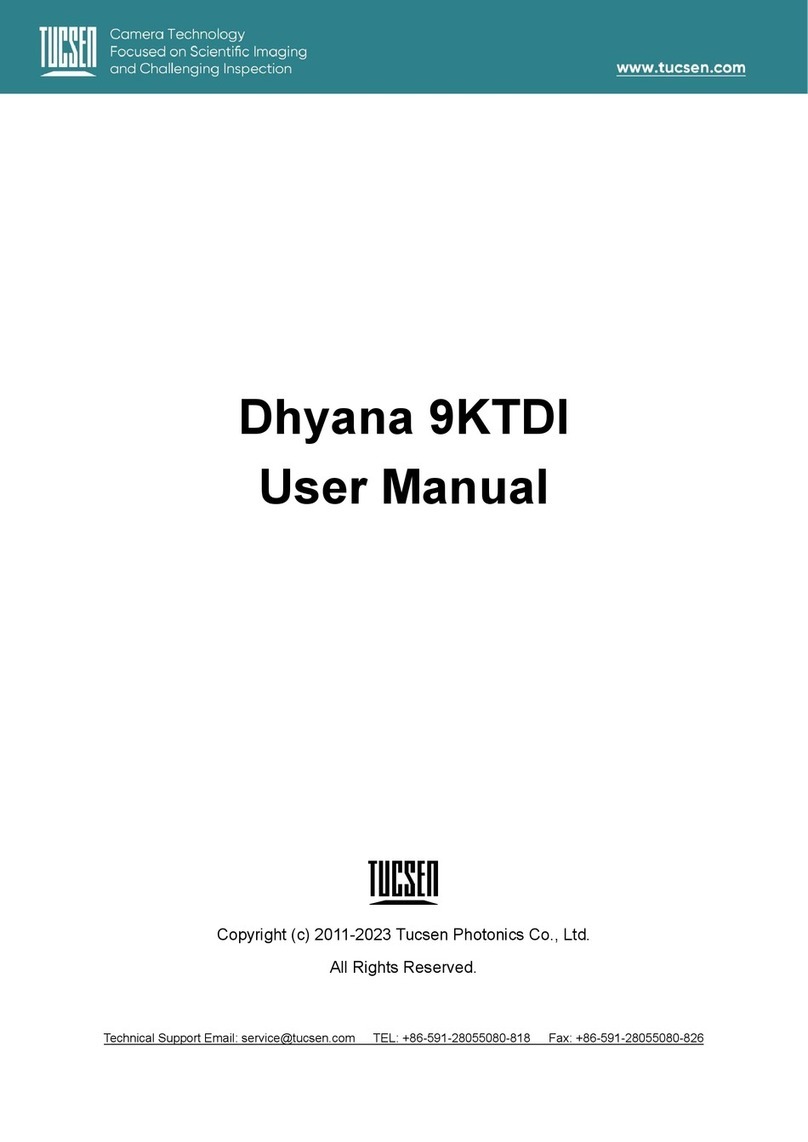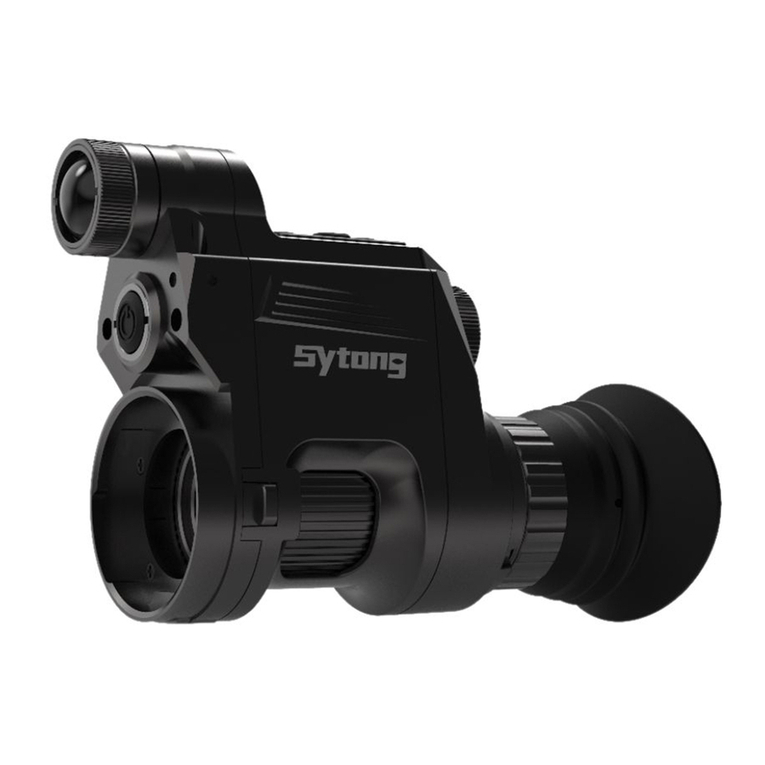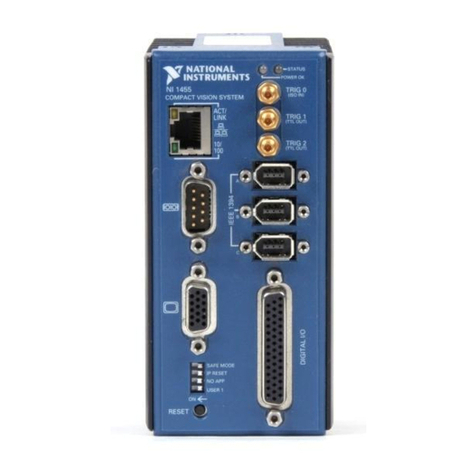
3 The EXO series
The EXO series is a series of machine vision cameras for the low and mid-range
resolutions up to 20 MP. The EXO is available with different industry standard
interfaces such as GigE Vision, Camera Link and USB3 Vision.
The EXO is easy to integrate and comes with a full package of useful hardware
features.
The EXO-Series comes in a new 50 x 50 mm aluminum body. The elaborate, high
precision machined unibody housing ensures perfect temperature distribution
even for the most demanding sensors. A massive lens mount is designed to keep
any kind of lens in its proper position.The electric circuitry of the EXO is optimized
for low power dissipation, helped by the excellent temperature performance of the
housing. The EXO features the latest global shutter CMOS and CCD sensors
from SONY, CMOSIS and ON Semi.
A uniform form factor and identical standard interface connectors with identical
pinout facilitate camer model interchangeability, allowing system integrators to
adapt applications with varying conditions and requirements very quickly with min-
imum design effort.
3.1
USB3 Vision
USB 3.0, the extensively revised, third Universal Serial Bus (USB) version has
been renamed USB 3.1 Gen 1 by the USB-IF (USB Implementers Forum).
However, the technical specifications remained unchanged. USB 3.1 Gen 1
(USB 3.0) offers the same user-friendly plug-and-play technology as previous
USB generations, but with 10 times the performance and better power man-
agement. Nothing changes for users; they plug USB 3.1 (SuperSpeed USB) into
PCs and notebooks just like USB 2.0 (Hi-Speed USB) device ports.
The performance increase is based on USB 3.1 technology, which allows multiple
data streams to be transferred simultaneously - with a maximum 5 Gbps signal
bandwidth, compared to 480 Mbps with USB 2.0. Although the specifications are
5 Gbps, transfer rates may vary depending on the controller, cable quality and –
length as well on controller configuration.
USB3 Vision is one of the most flexible and scalable camera protocols for the
industrial market segment. The USB3 Vision interface is easy to integrate in your
system, with a data rate up to effective 350 MB/sec. USB3 powers the camera
via the interface cable and reduces cable complexity.
lUp to 620 MB/sec brutto transfer rate
lLeverages existing infrastructure for cables and connectors
lGenICam compliant
lCost effective / easy implementation and interfacing
In theory, USB3.1 Gen 1 can transfer rate is 5 Gbps, USB3.1Gen 2 even can
transfer 10 Gbps.
Despite being standardized, we find a significant amount of USB3 hardware being
sold still not capable to cope with these high data rates. This refers to some
3 The EXO series 8
